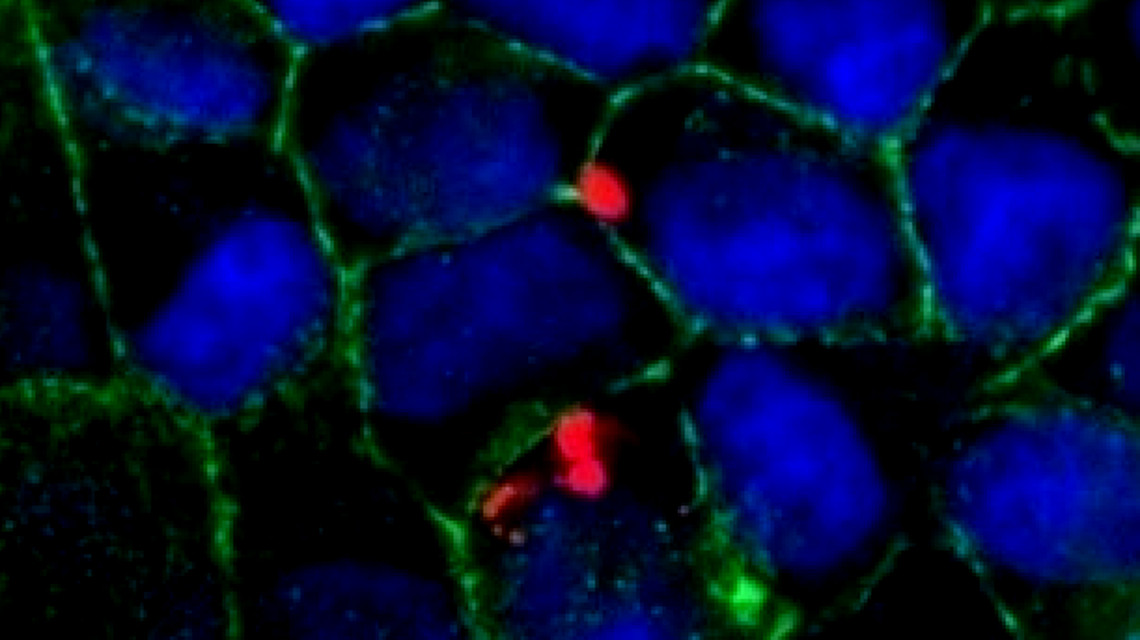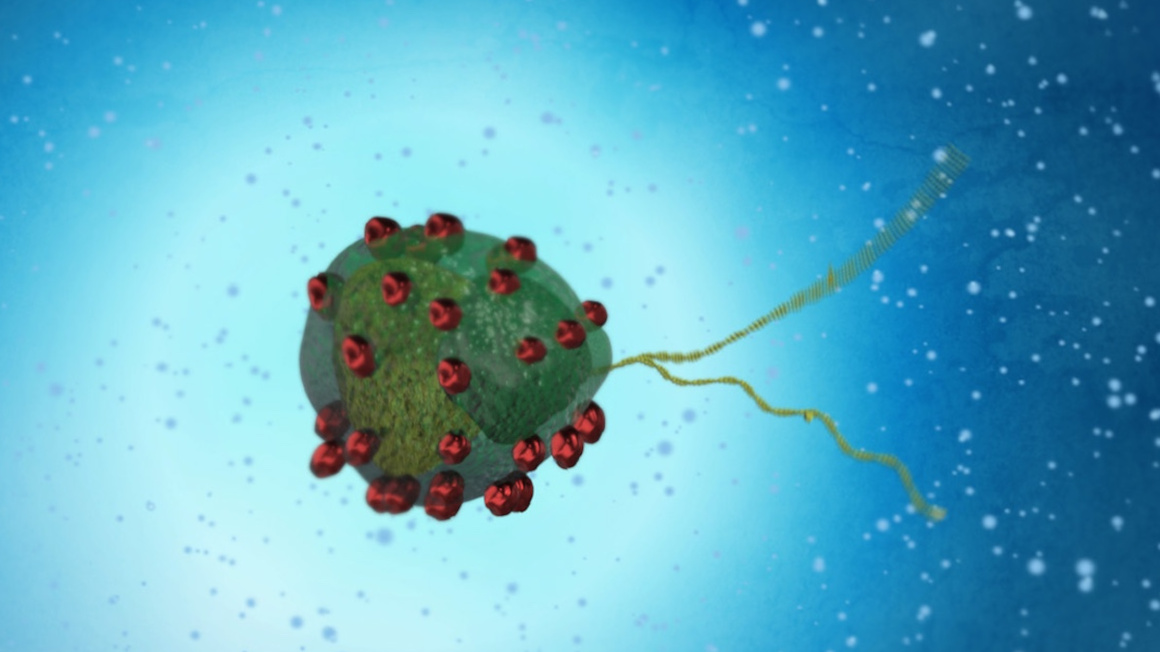
Whether it is dyes or clothing, construction materials, cosmetic products, medicines or beyond, nanoparticles are found in all manner of products. As well as naturally occurring nanoparticles, there are many others that can be synthetically and selectively produced for use in industry. Thanks to their miniature size, the particles have different physical or chemical properties than larger particles of the same substance. They react more quickly and more strongly, and have enlarged surfaces that offer more space for active or functional substances. However, the growing presence of nanoparticles in our environment is raising ever more questions about the potential health risks. Many of those voicing concern are in the field of medicine.
The interplay of nanoparticles and cells
This was the starting point for the research network ‘MINAC’. In a German-Chinese joint project under the direction of the University of Münster, partners from science and industry are investigating the effects of specific nanoparticles on cells and the immune system. “We wanted to gain an understanding of how the nanostructures interact with cells,” says project leader Kristina Riehemann. From August 2011 to February 2015, the initiative was funded with a total of €1.4 million by the German Federal Ministry of Education and Research (BMBF).
The focus of the project was on the medical applications of nanoparticles in therapy and diagnosis, as well as their adverse effects. Despite the broad variety of nanoparticles that are used today in a range of fields, little is known about the cellular interaction of these foreign particles, and their effects on the immune system. “What is essentially required is to analyse every particle in order to determine the potentially harmful concentrations, how they function in the body, and where and why they accumulate,” explains Riehemann.
Rapid identification of health risks
The long-term perspective is the development of a new test system that will enable the rapid identification of the risks to cells that are posed by nanoparticles. In the meantime, however, many basic questions remain unresolved. Previous projects undertaken by the researchers in Münster have already demonstrated the complexity of the effects on the body’s cells, which are not limited to toxic effects.
Information about the partners in the ‘MINAC’ joint project
University of Münster – Project management
nanoAnalytics GmbH; GeSIM – Gesellschaft für Silizium-Mikrosysteme mbH;
Chemicell GmbH; Postnova Analytics GmbH; Fraunhofer Institute for Biomedical Engineering (IBMT)
Chinese partners:
Chinese Academy of Science (CAS) Key Laboratory for Biological Effects of Nanomaterials and Nanosafety, National Center for Nanoscience and Technology of China; Chinese Academy of Science (CAS) Analytical Chemistry, Inorganic Chemistry, Nanotechnology; Lab for Bio-Environmental Effects of Nanomaterials & Nanosafety Wuhan HUST Nano Medicine Co., Ltd.; Guangdong Huanan Pharmacy Ltd.
During the project, the researchers focussed on two specific nanoparticles: firstly, a superparamagnetic iron oxide nanoparticle (SPION) that is found in contrast agents for magnetic resonance imaging (MRI), and secondly the lactate nanoparticle PLGA, a so-called co-polymer that is used as a drug delivery agent for a variety of active substances. In the laboratory, both particles were compared with respect to their effects on specific scavenger cells of the immune system (macrophages), as well as for possible cell-biological adverse effects.
Effects triggered by initial contact
Riehemann and her team were particularly interested in the effects of the nanoparticles on the cytoskeleton, the ion channels and the so-called protein corona. “We were able to demonstrate that ion channels react to nanoparticles, bringing about effects even at the initial point of contact. The cytoskeleton reacts and cells become softer – a consequence of cytokine release triggered by titanium dioxide. In turn, this causes further reactions in the body.
Cell protein corona is crucial for interaction
An unexpected observation was the role of protein corona during interactions with nanoparticles: “Here, the proteins affix themselves to the nanoparticles as soon as they come into contact with body fluids or tissue. The original notion of addressing cells directly via the surface structuring of the material has proven to be unrealistic in practice,” says Riehemann. The researchers are currently assuming that this is a natural bodily response aimed at protecting itself from nanoparticles. The problem here is that the surface is entirely sealed off by the protein layer, which, among other things, hinders the ability of nanoparticles carrying active substances from reaching the cells. These unexpected results have provided some insights for the researchers: “It’s not that interaction with the material that’s important, but how the protein corona interacts with the cells.”
Testing procedure for cancer medicines
Beyond these insights, Riehemann and her team also developed a new testing procedure for cancer medicines in work that was carried out alongside project partner nanoAnalytics GmbH. Here, the objective was the precise analysis of the electrical resistance – and thus the cellular barrier function – of a layer of healthy single cells. The in vitro test system, which enables the standardisation as well as the large-scale measurement of the effects of nanoparticles, is already up and running. The new approach speeds up the risk assessment of substances as well as analyses of their interactions with cells.
Important insights for implant production
This knowledge will be of particular interest for manufacturers of implants such as knee or joint prostheses, emphasises the immunologist. “Prosthetics is all about developing surfaces that are ignored by the immune system. This possibility is offered by surfaces coated with PLGA.” The PLGA molecule that was tested in the trial project exhibited no adverse effects on the immune system. In comparison, the metallic nanoparticles in the contrast agent were not degraded. In the meantime, no toxic effects have been ascertained.
Next, the team is planning to explore means of manipulating the protein corona, and also hope to shed further light on the initial points of contact of nanoparticles on the cell envelope, namely the ion channels.
Author: bb


